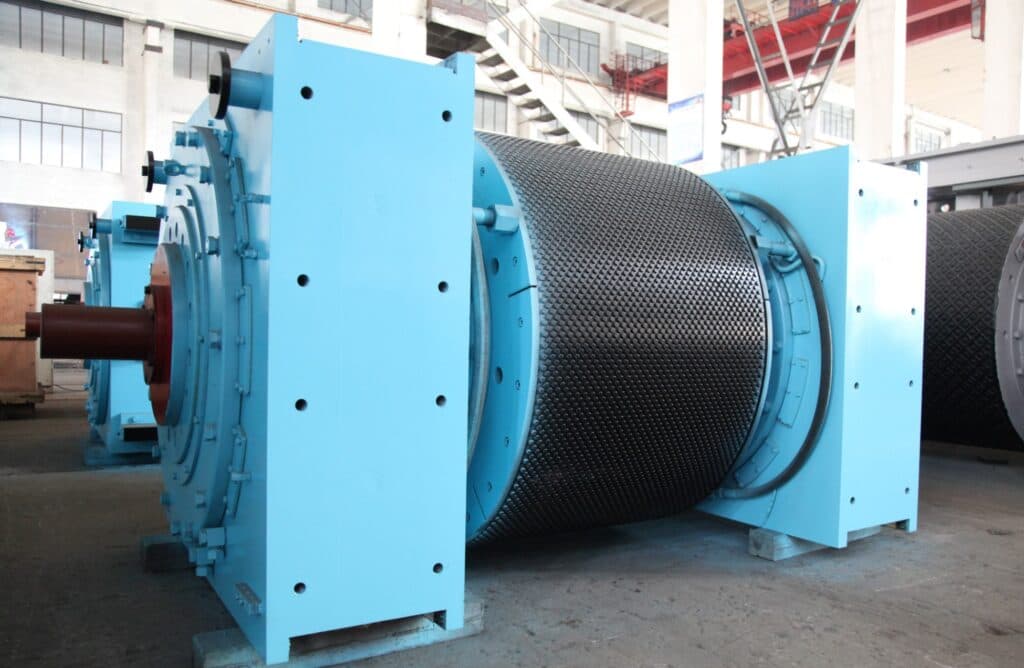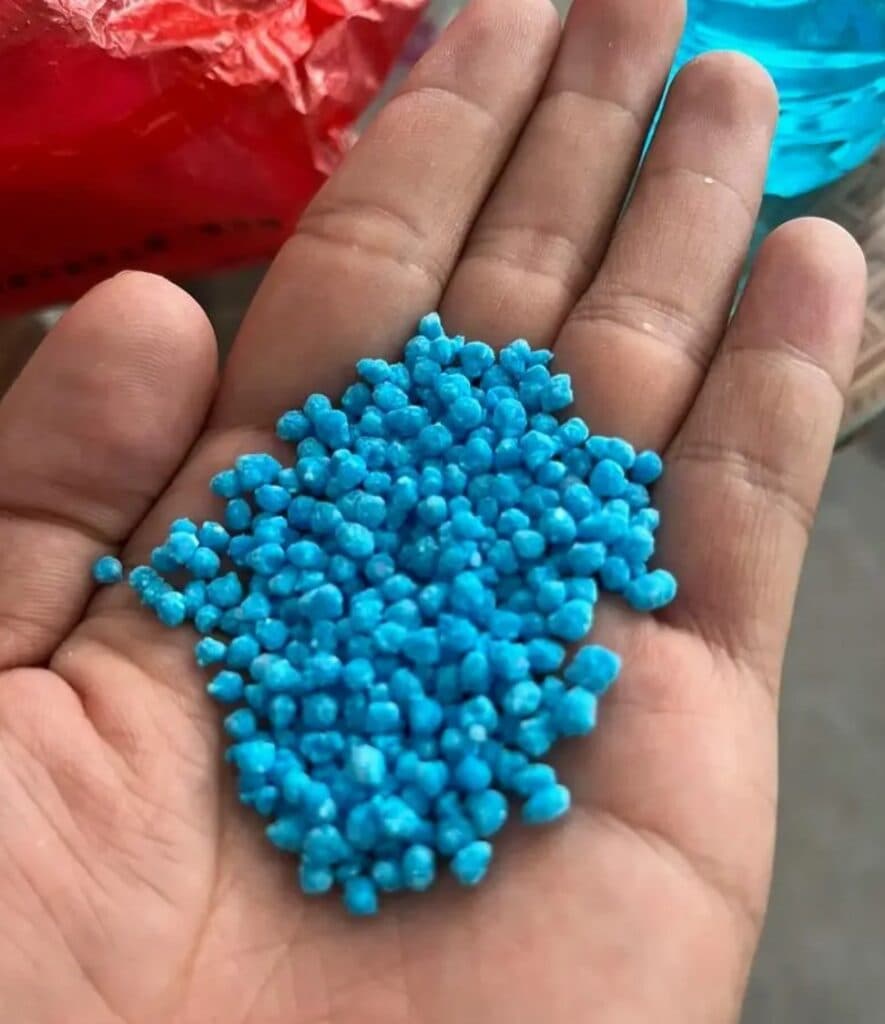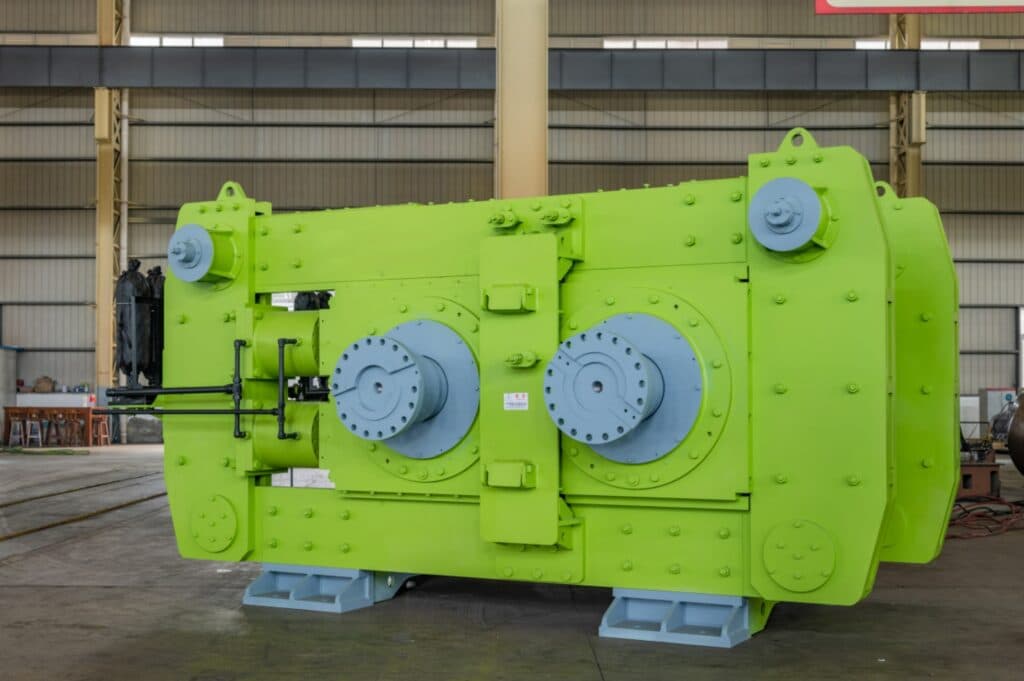What is dry granulation and its working principle?

What is dry compaction granulation for granular fertilizer?
Generally speaking, compound fertilizer granulation technology can be divided into two types: wet granulation and dry compactinon granulation. The difference between dry compaction granulation and wet granulation is whether they use liquid solution. Dry compaction granulation does not use liquid solutions such as water or binders, whereas wet granulation is required if liquid solutions are to be used.
What types of fertilizer can be produced using dry granulation extrusion?
There are many choices of raw materials for dry compaction extrusion granulation to produce compound fertilizers. Currently, there are more than 20 materials that can be used for dry type extrusion granulation: ammonium nitrate, urea, ammonium chloride, calcium nitrate, etc. in nitrogen fertilizers, ammonium phosphate in phosphate fertilizers , ordinary calcium, heavy calcium, phosphate rock powder, etc., potassium chloride, potassium sulfate, etc. in potash fertilizers, and trace elements such as boron, iron, copper, zinc, manganese, etc. can be added, which can also be flexibly realized in a very short time Product formulation changes.

Why use compaction dry granulation in fertilizer industry?
Why is dry compaction granulation used in the compound fertilizer industry? To make a long story short, dry extrusion granulation consumes less energy and has unique advantages in resource consumption because no water is added. The second advantage of the dry granulator is that the output is flexible and it can produce small batches of fertilizer. Although the output is not as good as the drum granulation process, multiple units can achieve small batch production, and different formulas can be converted quickly.
What are the types of compaction dry granulation machine?

- Extrusion crushing method: After mixing the drug powder (adding diluent, etc. if necessary), use appropriate equipment to directly crush it into blocks, and then crush it into particles of the required size. This method relies on the action of compression force to generate binding force between particles. It can be divided into heavy pressing method and rolling method.
- Heavy pressing method: Also known as the large tablet method, the compound fertilizer solid powder is first pressed into embryonic flakes with a diameter of 20-25mm on a heavy-duty tablet press, and then broken into particles of the required size.
- Dry rolling method: A roller press is used to roll the compound fertilizer raw material powder into flakes, which are then broken into particles of a certain size by a granulator.
What are the adventages of using dry granulation?
- Easy to operate: Compared with wet granulation, dry granulation requires simpler equipment, and the processing flow is also simpler and easier to master. There is no need to consider the evaporation of liquid during the operation, and it has good operation. performance.
- Low cost: Dry granulation does not require the use of expensive water treatment equipment and other additional equipment, saving costs and making it more economical than wet granulation.
- Higher output: Dry granulation can be used to produce various granular products, and its quick and simple process results in higher output.
What are the disadventages of dry compaction granulation method?
- Granulation is difficult to control: The dry granulation process is easily affected by many factors such as temperature, pressure, material moisture content, and granular materials, making the granulation process difficult to control and relying heavily on worker experience.
- Large particle size distribution range: Due to the difficulty in controlling the granulation process and the various factors that affect granulation, the resulting particle size distribution range is large, and the granulation process cannot be controlled as accurately as wet granulation.
- Scope of application: Dry granulation is suitable for a variety of different substances, such as heat-sensitive and moisture-sensitive materials, so it is widely used in many fields such as food, medicine, and agriculture. Moreover, the dry granulation process is relatively simple and more economical.
What is the characteristic of fertilizer produced using dry granulation extrusion method?
The shape of fertilizer produced by extrusion granulation is irregular particles, but the irregular particle shape has no effect on the application of chemical fertilizers. Fertilizer produced by extrusion granulation has sufficient strength, less dust, no agglomeration, narrow particle size distribution range, and good fluidity.

